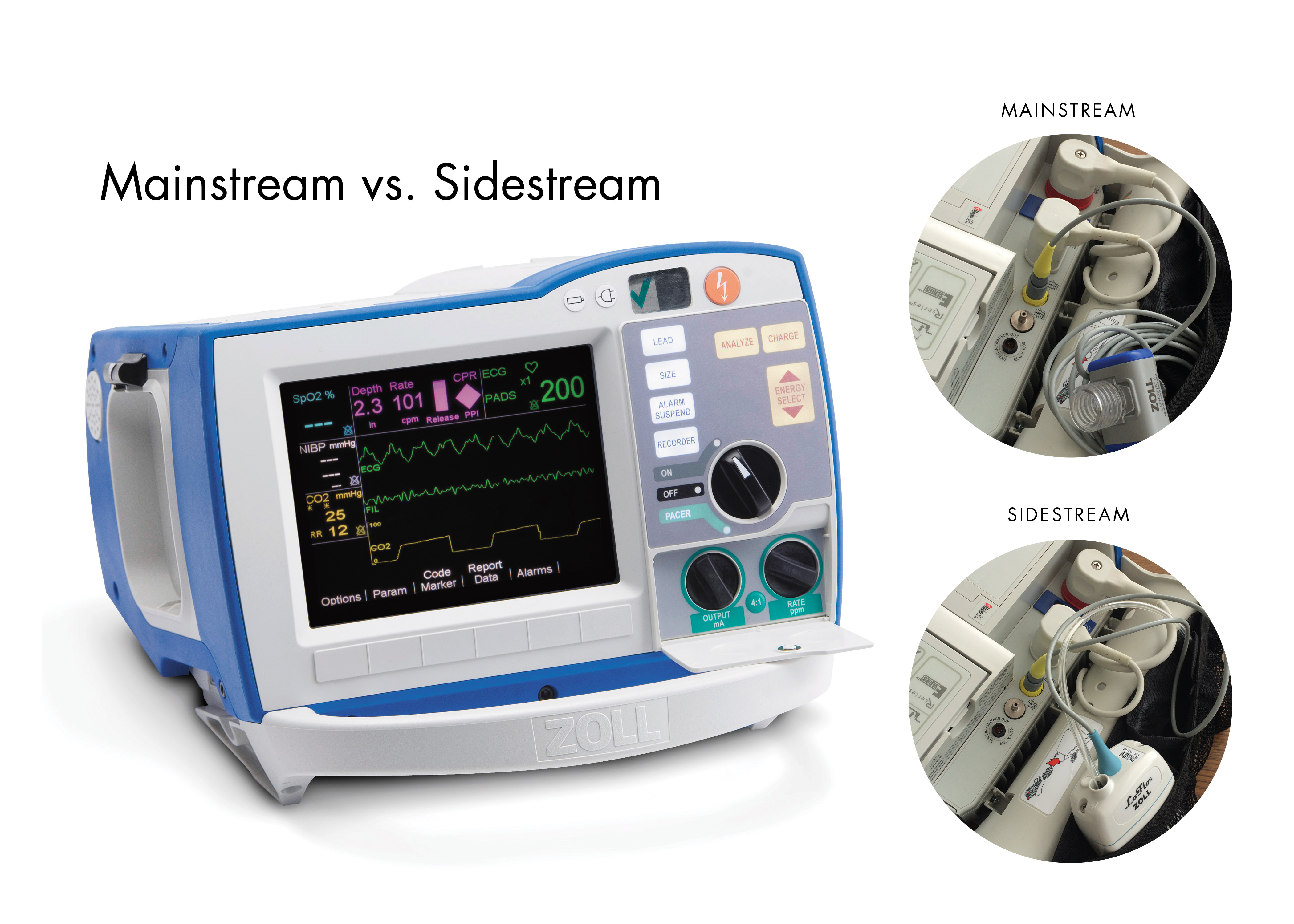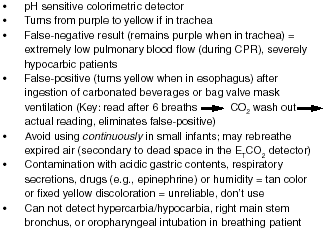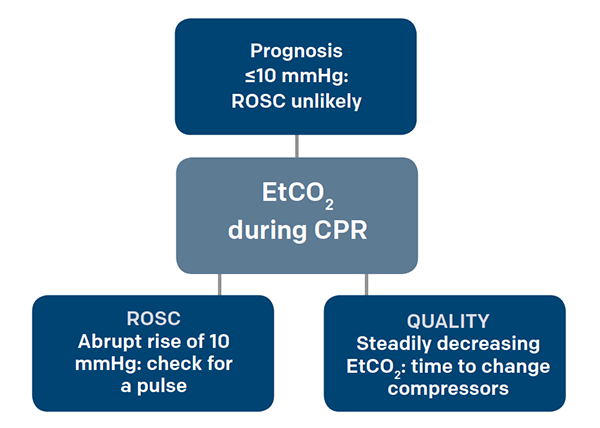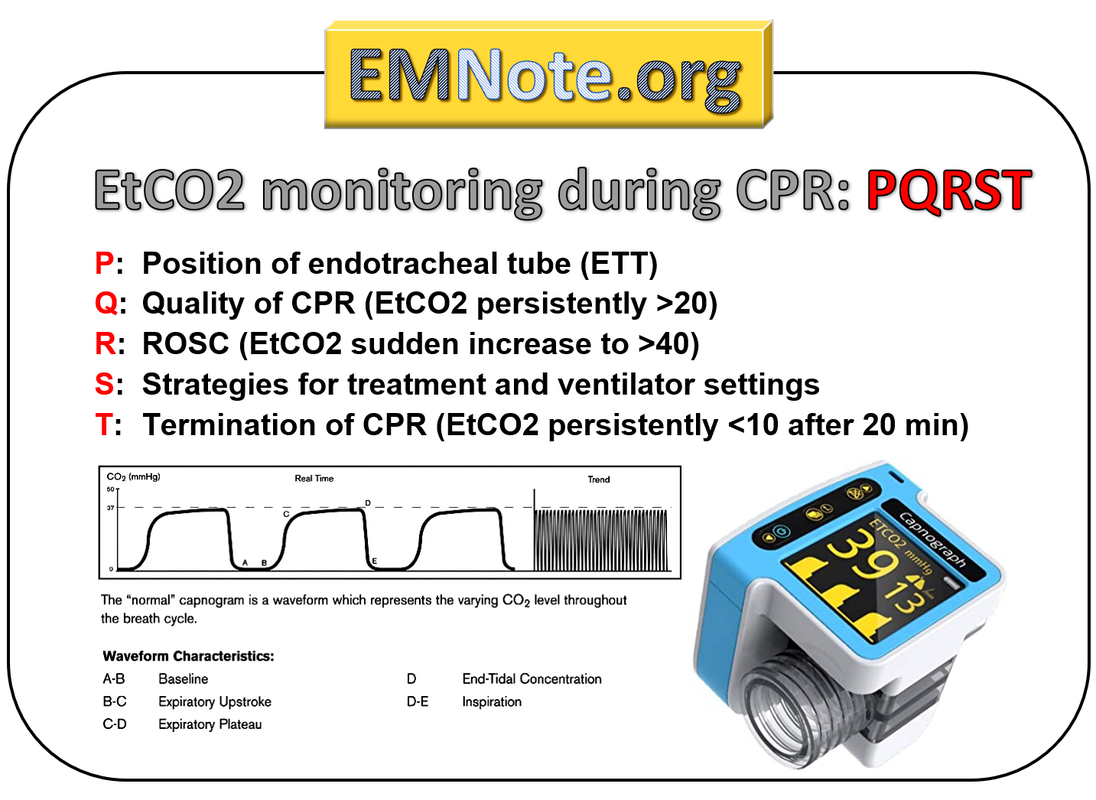low end tidal co2 during cpr
Web The amount of CO2 at the end of exhalation or end-tidal CO2 ETCO2 is normally 35-45 mm HG. A low P a CO2 level is correlated with increased risk of cerebral.

3 Waveform Capnography Showing Changes In The End Tidal Carbon Dioxide Download Scientific Diagram
Web The first sign of the return of spontaneous circulation ROSC during CPR is increase in ETCO2.

. 1 evaluating the effectiveness of chest. Throughout the resuscitation end-tidal CO 2. Possibly the chest compressions are not being performed fast.
Cardiac output and end-tidal carbon dioxide. Two very practical uses of waveform capnography in CPR are. Web abrupt increase in ETCO2 suggests ROSC during CPR detectable before pulse check ETCO2 at 20 minutes of CPR is prognostically useful.
The height of the capnography waveform accompanies this. Web End-tidal carbon dioxide ETCO 2 as measured by waveform capnography is considered a physiologic measure of cardiac output in low-flow states and has been. End-tidal CO 2 EtCO 2 is used to monitor cardiopulmonary resuscitation CPR but it can be affected by intrathoracic airway closureChest compressions induce.
Web Measurement of a low ETCO 2 value 10 mmHg during CPR in an intubated patient suggests that the quality of chest compressions needs improvement. Web Normal ETCO2 in the adult patient should be 35-45 mmHg. Web A low end-tidal CO2 may indicate poor perfusion hypovolemia or sepsis.
Web What happens if an end-tidal CO2 monitor is showing a reading lower than 10mmHg during chest compressions. A number of studies have demonstrated a correlation between end-tidal carbon dioxide ETCO2 cardiac output and return of spontaneous circulation in. We investigated the effect of massive pulmonary embolism MPE on end tidal CO 2 etCO 2 and tested two hypotheses.
1 that etCO 2 can. Loss of ETCO2 may be the first sign that CPR is needed. Web Here are five things you should know about waveform capnography in cardiac arrest.

End Tidal Co2 Monitoring Noninvasive Respiratory Monitoring For The

Association Of End Tidal Carbon Dioxide Levels During Cardiopulmonary Resuscitation With Survival In A Large Paediatric Cohort Sciencedirect

End Tidal Carbon Dioxide Concentration During Cardiopulmonary Resuscitation Nejm

Use End Tidal Capnography For Placing Orogastric Nasogastric Tubes And Cpr Page 2 Of 4 Acep Now Page 2

End Tidal Pco2 During Cardiopulmonary Resuscitation In All Patients Download Scientific Diagram

Capnography During Cardiac Arrest Resuscitation

Uses Of Capnography In The Critical Care Unit Bja Education

Monitoring Exhaled Carbon Dioxide Respiratory Care

The Role Of Etco2 In Termination Of Resuscitation Jems Ems Emergency Medical Services Training Paramedic Emt News

Sar Helicopter Paramedic Practice Etco2 Measuring To Assist With Cpr Attempts Journal Of Paramedic Practice

End Tidal Carbon Dioxide Concentration During Cardiopulmonary Resuscitation Nejm

Waveform Capnography For Monitoring Ventilation During Cardiopulmonary Resuscitation The Problem Of Chest Compression Artifact Intechopen

3 Waveform Capnography Showing Changes In The End Tidal Carbon Dioxide Download Scientific Diagram

Reversible Causes Of Low Etco2 In Cpr Criticalcarenow

Average Etco2 Kpa During Cpr In Patients With Or Without Rosc Download Scientific Diagram

Reversible Causes Of Low Etco2 In Cpr Criticalcarenow

Rogue Capno Waves Resuscitation Team Notes Unusual Waveform During Cpr Capnoacademy Capnoacademy

